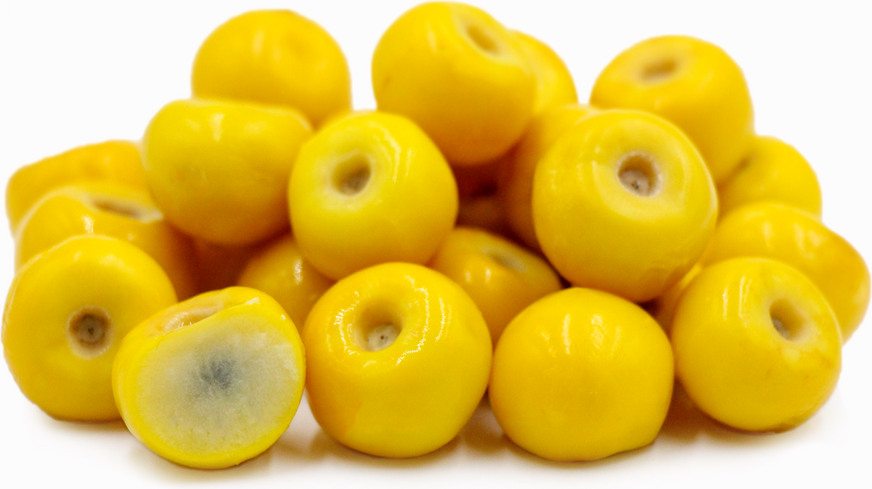HappiestPlants
Nance Fruit Yellow Live Plants (Byrsonima Crassifolia)
Nance Fruit Yellow Live Plants (Byrsonima Crassifolia)
Couldn't load pickup availability
Share
The Nance Fruit Tree, scientifically known as Byrsonima Crassifolia, is indigenous to the regions of Central and South America. Its natural habitat extends from the southernmost tip of Mexico along the Pacific side of Central America and into the territories of Peru and Brazil. This versatile tree is also recognized by several other names, including Golden Spoon, Yellow Cherry, and Golden Cherry.
Nance fruit typically grows in clusters on substantial shrubs, evolving from a vibrant green hue to a rich yellow-red when fully ripe. Within its exterior, the fruit houses an oily white pulp, embracing 1 to 3 small inedible white seeds. The distinctive flavor of Nance fruit is a delightful fusion, reminiscent of mild cheese notes coupled with a unique blend of banana, lychee, and pear undertones.
Nance fruits are nutritionally valuable, containing a significant amount of Vitamin C, as well as essential minerals like Calcium and Phosphorus. They are also a commendable source of dietary fiber. Interestingly, both unripened Nance fruit and the tree's bark contain Tannins and Oxalic acid, rendering them versatile for both raw and cooked applications.
Referred to by various common names such as Craboo, Nanche, Golden Spoon, Yellow Cherry, and Golden Cherry, the Nance Fruit Tree typically starts bearing fruit after about 3 to 4 years of growth. While it offers a distinctive flavor profile, it also requires a moderate level of maintenance to thrive in its native habitat.












